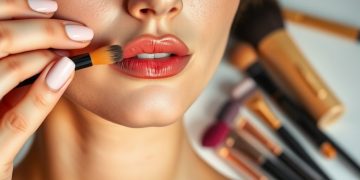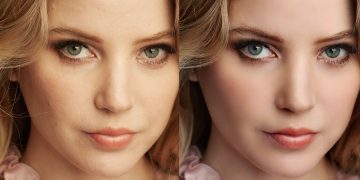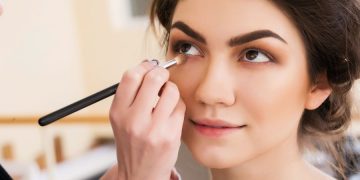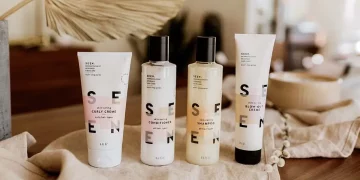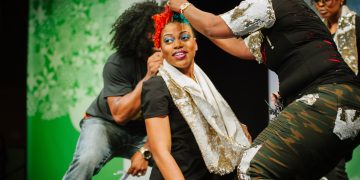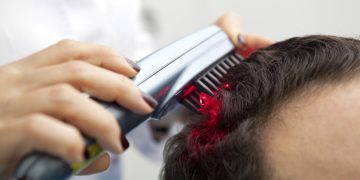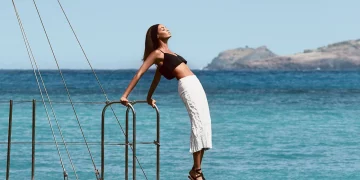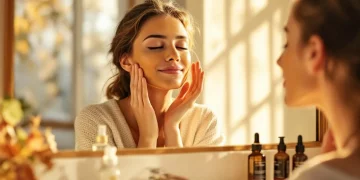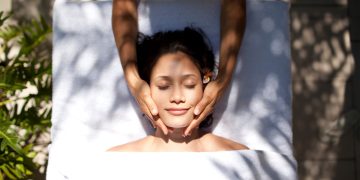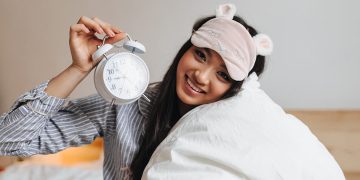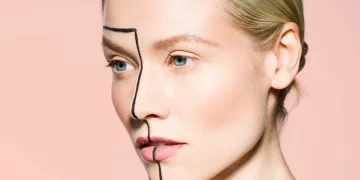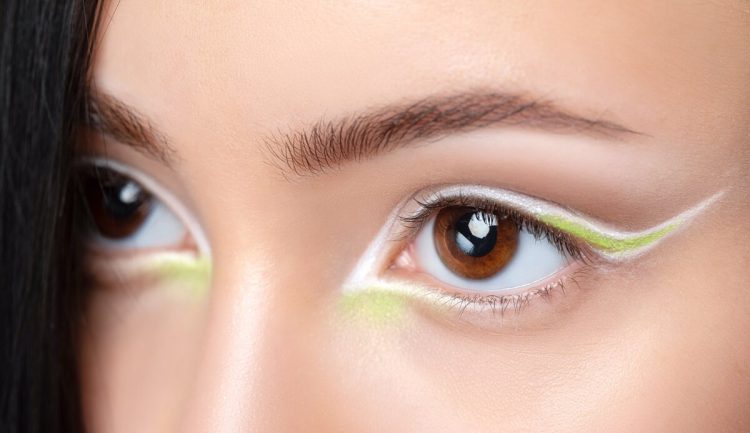The era of the subtle, barely-there eye look is sharing the spotlight with a bolder, more expressive counterpart: the statement eye. This is not a return to the smoky eyes of the past, but a leap into a future defined by architectural lines, negative space, and ethereal, otherworldly glitter. On runways and red carpets, the eyes have become the primary canvas for artistic expression, moving beyond mere enhancement to become the focal point of the entire face. This trend celebrates precision, drama, and a fearless embrace of individuality. But how does one translate these high-fashion, often intimidating, concepts into wearable art?
Mastering the statement eye requires an understanding of its inspiration, the technical skill to ensure it lasts, and the creative intuition to layer different textures harmoniously. This article will deconstruct the trend, exploring the runway influences that fuel it, the essential long-wear techniques that prevent mid-day meltdowns, and the fundamental rules for layering graphic liner and glitter to create a cohesive, breathtaking look.
The Runway Blueprint: Deconstructing High-Fashion Inspiration
The statement eye trends we see today are not born in a vacuum; they are direct descendants of the artistic visions presented on international runways. Designers and makeup artists use the eye as a central element to communicate a collection’s theme, from stark minimalism to cyborgian futurism.
Key runway inspirations driving the current wave include:
- Architectural Negative Space: Pioneered by houses like Valentino and Givenchy, this technique redefines the classic winged liner by carving out sections of it. Instead of a solid, black triangle, the wing might be outlined with a fine brush, leaving the center empty. Or, a geometric shape—a square, a crescent—is cut out from the lid’s liner, creating a visually arresting play of positive and negative space. This approach feels modern, intellectual, and challenges conventional notions of what eyeliner should be.
- Double and Triple Liners: Moving beyond a single line, designers at shows for brands like Versace and Pat McGrath Labs have layered multiple lines in contrasting colors and thicknesses. Imagine a thin, cobalt blue line tracing the upper lash line, with a thicker, shimmering silver line drawn above it, parallel to the brow bone. This creates a sense of rhythm and movement, drawing the eye across the lid in a dynamic, graphic way.
- Futuristic Metallics and Graphite: The smoky eye has been updated for the space age. Runways for Gareth Pugh and Iris van Herpen have featured lids washed in slick, liquid metals—mercury silver, burnished bronze, and cool graphite. These are not shimmery eyeshadows; they are opaque, highly reflective surfaces that look almost molten. They create a hard, sleek, and powerfully modern effect, often extending beyond the natural lid shape.
- Ethereal and Textured Glitter: Contrasting the hard lines of graphic liner is the trend of “floated” glitter. At brands like Rodarte and Christian Cowan, glitter is not packed onto the lid. Instead, it is delicately pressed onto the center of the lid, the inner corner, or even swept up towards the tail of the brow with a clear glitter glue, creating the illusion of fairy dust or crystalline growth. This adds a dimension of fantasy and texture that is both beautiful and avant-garde.
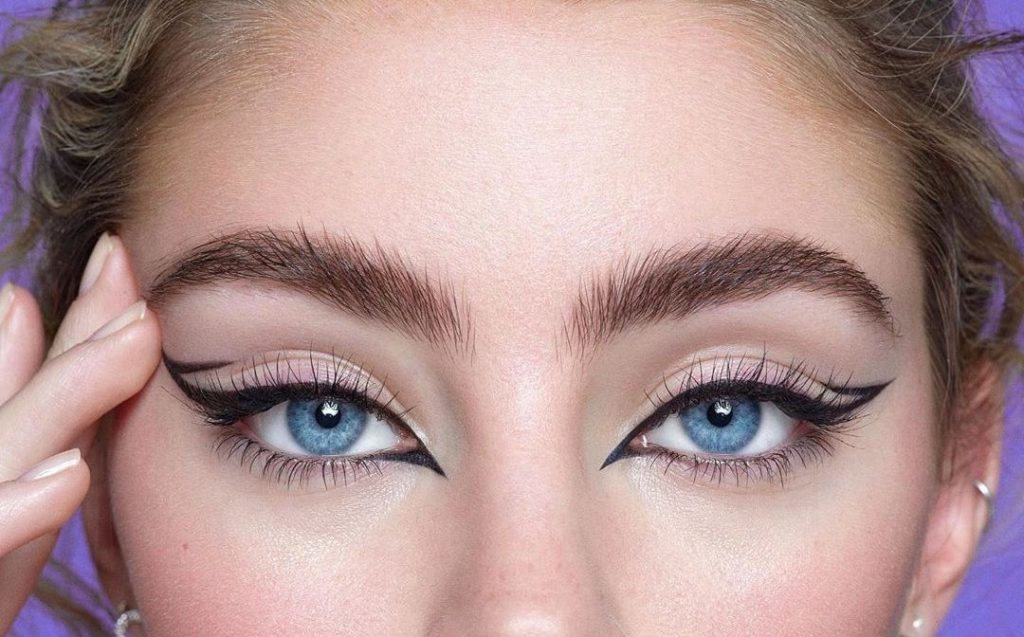
The Technical Foundation: Mastering Long-Wear Techniques
A statement eye that smudges, fades, or sheds glitter within an hour is a failed experiment. The drama of the look is entirely dependent on its pristine longevity. This requires a methodical, layered approach to product application.
For Graphic Liner Perfection:
- The Primed Canvas: Begin with a perfectly primed eyelid. An eyeshadow primer is non-negotiable; it creates a dry, even base that prevents oils from breaking down the liner and intensifies its color. For the oiliest lids, a light dusting of translucent powder over the primer can add an extra layer of security.
- The Right Tool for the Line: The choice of liner dictates the technique.
- Gel Liners (in pots): Offer the most control for creating sharp, graphic shapes. Use a precise, synthetic angled brush (like a lip brush) for the cleanest lines. Dip the brush, wipe off excess on the back of your hand, and draw the shape in short, connected strokes.
- Liquid Liners with Felt Tips: Ideal for fine lines, intricate details, and the sharpest wings. Their pen-like application allows for unparalleled control. Always store them tip-down to keep the felt saturated.
- Cream Shadow Sticks: Can be sharpened to a point and used to sketch out a shape, which can then be cleaned up and intensified with a darker powder shadow applied with a damp, angled brush.
- The Setting Seal: Once your graphic liner is perfect and has dried completely, set it with a corresponding black or colored eyeshadow. Using a small, dense brush, gently press the powder shadow directly over the liner. This absorbs any residual tackiness and locks the liner in place, making it significantly more resistant to transfer and smudging.
For Futuristic Glitter That Stays Put:
- The Glue is the Goal: Never apply loose glitter directly to the skin or over regular eyeshadow primer. A dedicated glitter glue is essential. These are tacky, clear adhesive bases (like those from Too Faced or Nyx) that dry down slowly.
- The Pat-and-Press Method: Apply a thin layer of glitter glue to the area where you want the glitter. Wait about 30 seconds for it to become tacky. Then, using a flat, synthetic shader brush or even your finger, gently pat the glitter onto the glue. Do not swipe or rub. Once applied, you can gently press it into place with a clean finger to ensure maximum adhesion.
- The Encapsulation Technique: To prevent any fallout during the day and to create a smoother, more integrated look, you can “encapsulate” the glitter. After applying the glitter, take a small amount of a clear, sticky setting spray on a flat brush and gently glaze over the top of the glitter. This creates a protective film that seals the glitter in place.
The Art of Fusion: Layering Rules for Cohesive Drama
The most advanced statement eyes often combine graphic liner with futuristic glitter. However, throwing both onto the lid without a plan can result in a chaotic mess. The key is intentional layering that creates depth and focus.
- The “Base and Embellishment” Rule: Think of your graphic liner as the architectural base—the foundation of the look. This should be applied first and perfected. The glitter then acts as the embellishment. For example, a sharp, black graphic wing can be embellished with a concentrated dot of holographic glitter at its tip, or a line of silver glitter can be pressed along the lower lash line to complement a double-liner on the top lid.
- Texture and Finish Balance: Avoid visual overload by balancing textures. A high-shine, liquid metal liner pairs beautifully with a more scattered, ethereal glitter. Conversely, a matte, graphic shape can be stunning with a dense patch of metallic glitter in its negative space. The goal is to have the textures complement, not compete with, each other.
- Color Story Harmony: While contrasting colors can be striking, they require a careful eye. A safer, yet equally impactful, approach is to work within a monochromatic or analogous color scheme. A navy blue graphic liner layered with sapphire and silver glitter feels cohesive. A burgundy wing paired with rose gold glitter is sophisticated. If you do use a contrast (e.g., yellow glitter on a black wing), ensure it is placed with surgical precision to look intentional, not accidental.
- The Rule of Focus: A successful statement eye has one clear focal point. If the graphic liner is incredibly complex and detailed, keep the glitter application minimal and strategic—perhaps just a tiny highlight in the inner corner. If the glitter is the star, covering a large portion of the lid, then the liner should be simpler and more supportive, like a thin, classic feline flick. Let one element lead and the other follow.
Conclusion: Beyond Makeup, Into Wearable Art
The trend of statement eyes is an invitation to play, to create, and to see makeup as an art form. It challenges technical skill and rewards creative courage. By drawing inspiration from the architectural lines of the runway, mastering the technical foundations of long-wear application, and adhering to thoughtful layering rules, anyone can transform their eyelids into a canvas for modern, futuristic, and deeply personal expression. This is not just about wearing makeup; it’s about making a statement that is as enduring as it is beautiful.









